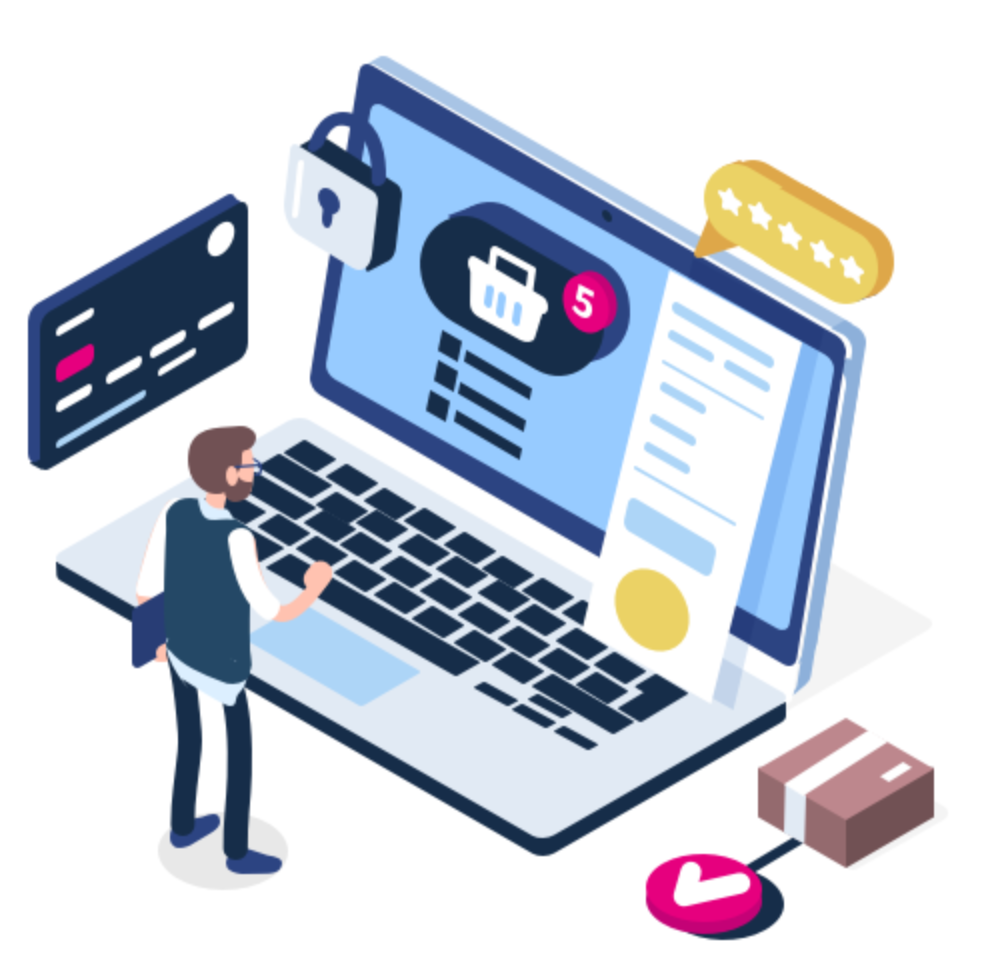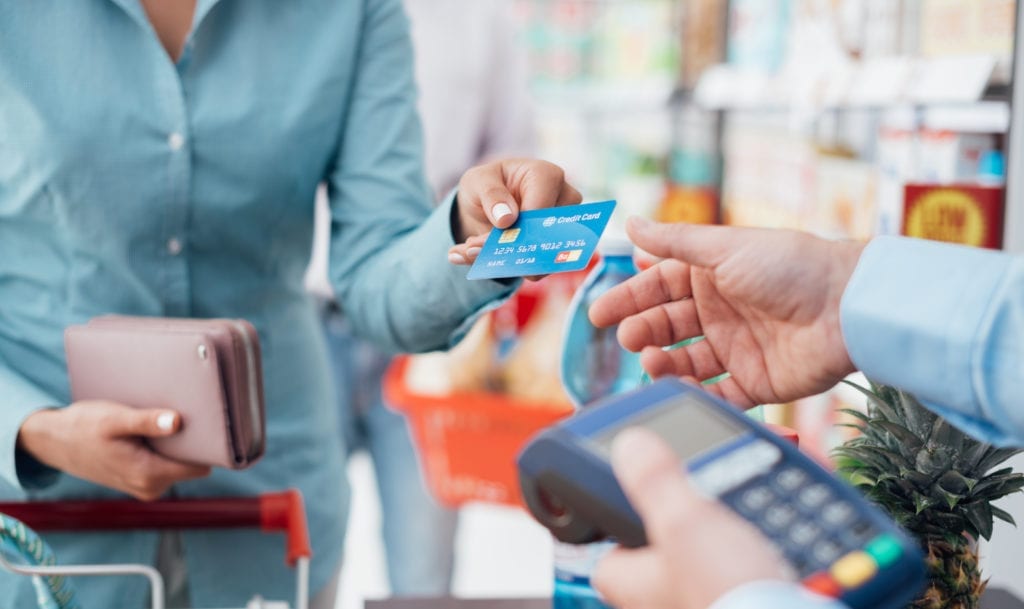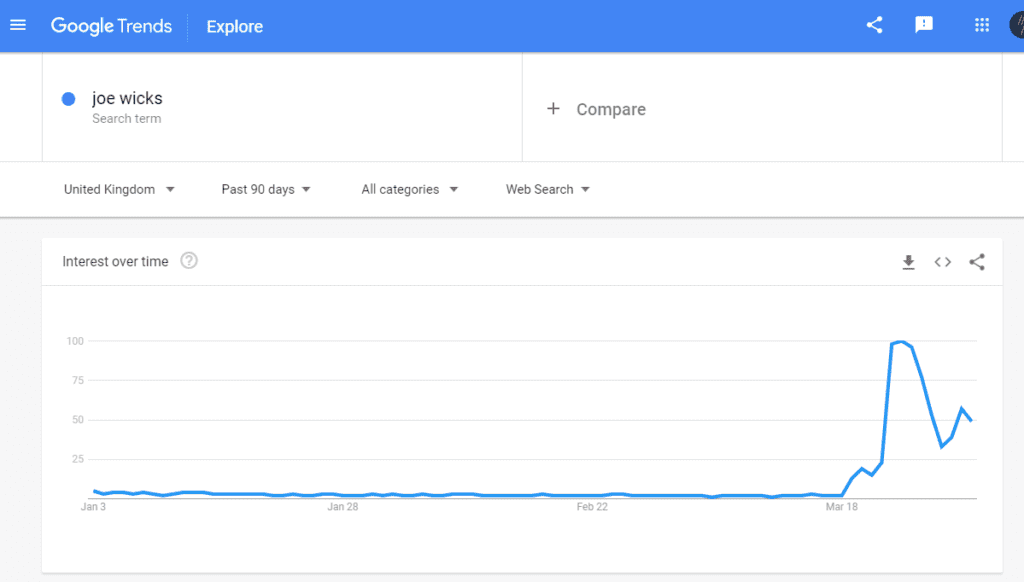The current COVID-19 worldwide pandemic has forced hundreds of thousands of businesses to close their physical stores and turn to online to help pull them through the outbreak.
With your potential customers leaving the high street for the safety of their homes, it has never been a better time to focus on the cyber side of your business.

While crunching your website numbers over the last few weeks, you’re probably asking yourself the same questions: “How can I get more organic traffic?”, “How long does it take to get organic traffic?” and “What is the best traffic source?”.
Well, today we’re going to offer some advice and recommendations to answer those questions and help drive your online business during these uncertain times.
Related – 15 Tips To Help Your Online Business During Coronavirus.
Update Google My Business to Show You’re Closed
Before we discuss driving traffic online, did you know you can now let customers see that your store or location is temporarily closed during the Coronavirus outbreak?
Google recently announced that their Google Search and Maps will start showing whether a business is temporarily closed following the COVID-19 pandemic.
To do this, you can follow the recommend steps here to update your Google My Business and let your customers know the renewed status of your location.
Now, let’s get to those traffic driving tips!
1. Email Your Previous Customers
When looking to increase organic traffic, many business owners focus too much on sending new customers to the website.
However, there is a huge opportunity to drive previous customers back to your website through email marketing. If you’re asking, “How can I get free traffic?”, this is the suggestion for you.
Compared to new business, the hard sell has been done with previous customers as they’ve already purchased from you and already have faith in your product or service.

The best way to get in touch with your previous customers is by email, which you will likely already have on file.
Most online businesses ask for an email address from customers when purchasing a product or service from their site. A lot of stores now even request an email address to send them their digital receipt after a purchase.
As a result of this, you might already have an email database with hundreds or thousands of satisfied former customers potentially looking to shop with you again.
There are several options open to you when contacting your former customers. It could be a sales email with offers and online only discounts, or just a more general press release with how the pandemic has affected the business. Either message is a great way to get in front of your former customers who will be more likely to become a repeat purchaser.
2. Re-Targeting Ads
Retargeting ads are another great way to target people already familiar with your website and business.
Different to other banner ads, retargeting is a form of online advertising which markets to users who have already been to your site or are in your company database. The lowest of low hanging fruit!
There are two types of retargeting ads to choose from.
Firstly, pixel-based retargeting is probably the most popular as it’s a way to get your business back in front of anonymous visitors after they’ve left your site.
List-based retargeting on the other hand allows you to advertise to users from within your database e.g. previous customers.
While retargeting ads are a cost to the business, which is not ideal during the Coronavirus, it allows you to specifically target your relevant audience and drive real traffic back to your site.
You can see more guidelines and benefits of retargeting ads from Google here.
If retargeting sounds interesting, but a bit over your head, please get in touch to talk to our team.
3. Advertise on Facebook
With 2.27 billion users, Facebook is the biggest social network in the world. Of this enormous number, nearly 1.5 billion of these users are active every day. This is a huge audience that you could be targeting.
According to their company website, 140 million+ businesses are already connecting with their customers through Facebook apps. It goes without saying then that Facebook advertising has the potential to drive huge traffic to your website.
Facebook ads allow you to target specific geographic areas, ages, education levels, and even the devices they’re using. This can get your message to the right people who are most likely to want your products or services.

There are a variety of ads available to you and your business. Such as image ads, video ads, carousel ads and more. You can see more on Facebook ads here.
As they are run on a per-impression or per-click basis, Facebook ads can be costly. You can however set daily limits to this spending, so there’s no risk of blowing your budget. Which is the last thing you want to do during economic uncertainty.
4. Be Visible on Social Media
Social media has never been bigger, and users are flocking to these websites even more during the COVID-19 pandemic for news, information or escapism.
According to TechCrunch “WhatsApp has seen a 40% increase in usage that grew from an initial 27% bump in the earlier days of the pandemic to 41% in the mid-phase. For countries already in the later phase of the pandemic, WhatsApp usage has jumped by 51%.”
Facebook shared that messaging on their social media platform was up by more than 50% over last month.
There is a huge audience on these platforms and a real opportunity to target potential customers and drive them to your website.
I won’t go into a whole social media strategy here, but we recommend frequent posting, starting community conversations and interacting with your customers throughout the quarantine.

Also, consider social media specific offers or timed deals to drive traffic to your website. As more people are staying in their homes and on their smart phones during the day, this is a great opportunity to transform social media fans and followers into customers.
If users regularly see your name popping up on their social media feeds, they will be more familiar with your brand and likely to visit your website as a result.
5. Answer Questions on Quora
Quora is a fantastic resource to gain and share knowledge on the web and it can be a great way to drive traffic to your site.
Quora allows anyone with a profile to answer any questions on any topic. Are you an expert in your industry with years of experience? Drop some knowledge in Quora and the referral traffic you could generate to your website may be significant.
Are you an electrical appliance company? Local builder? Furniture specialist? There are a bunch questions relating to your business topics on Quora that you could answer:

FYI – before you dive into to those Quora questions to share info, links and advice, we highly recommend being conservative with your output. A ‘quality not quantity’ approach is key here, as you don’t want to be flagged for any comment spamming.
Take time to research the answers you’re looking to reply with, so they provide genuine value. The more effort you put into these responses, the more trust you will build with that potential audience of new customers.
6. Explore Google Trends
Google Trends collates and analyses the most popular searches and queries in Google Search, then produces graphs and tables to plot these trending terms over time.
Google Trends is a great resource to see what is being talked across several languages and regions on the web:


This database of user information offers webmasters the opportunity to join in on the the trending online conversation with their own thoughts and opinions.
Has a popular topic caught the attention of your demographic? Capitalise on that by producing your own related content to join in on the conversation.
7. Offer Online Only Deals
People are desperate to save money during the pandemic. As a result, customers will be more likely to shop with you if they can see a clear saving or discount on your product or service.
If you can offer online only discounts because your physical location is closed, make sure you shout about this. Get the message out on your social media channels or through your email distribution list.
Did you have a sale or limited time offer coming up before the outbreak? If you can still deliver those discounts safely, then tell your customers the good news. You could even be playful with your messaging, saying that “nothing will stop these great deals” etc.

If you can continually offer sales and lower than usual prices, customers will be sure to check back on your website to see the latest deals, offering potential repeat business throughout the quarantine.
8. Advertise on Spotify
With more people working from home than literally ever before, chances are they will be doing so alongside their favourite music or audiobook. This is great news for your business, as you can advertise your product or service on Spotify.
According to their ad website, there are 153 million monthly active ad-supported listeners who use Spotify. This is a huge audience that you could be targeting.
Worried you don’t have any fancy audio equipment to record your ad? Don’t worry! Spotify’s voiceover tool allows you to create an audio ad from scratch. Plus, Spotify will even record it, mix it, and produce it for free. With the budget minimum only 250.00 (in your local currency), it has huge potential as a unique traffic driver to your site.
9. Create Unique Video Content
Joe Wicks has seen a huge boost in popularity during the pandemic, thanks to his morning P.E. lessons on YouTube.
As a result of this video content, his Google Trends data has spiked massively over the last few weeks:

Is your business able to do similar and produce unique video content during the COVID-19 outbreak? It can be a fun light-hearted video or more conversion and product focused.
Related: YouTube SEO (In Depth Beginners Guide for 2020)
Whatever you choose, it doesn’t have to be a big production like The Body Coach. For example, Strictly Come Dancing winner Oti Mabuse has started daily dance lessons using her smart phone via Instagram live and has seen lots of exposure and huge audiences join in:

10. Run a Competition
Can I shock you? People love free stuff. I bet they would also love winning something while bored stuck at home during the pandemic.
Competitions are a great way to engage with your customers, promote your business and keep them coming back to your site.
You can format your competition so not only do you give something to your customers, but they can give you something in return, more traffic!
A great way to do this is to ask people to register their email address when they enter your competition. This can be added straight to your email list for the next time you message your customer database with offers, sales and more.
Another way to gain traffic from a competition is by making sharing the competition a requirement of entry. Urge customers to share the competition, and therefore your website, with their friends and social media followers to further extend your brand reach and encourage more traffic to your site.
11. Update Old Content
Now is the perfect time to take stock of the content already on your website and see which pieces are working for you and which are not.
To review your content, we recommend looking at the last 18 months to two years in Google Analytics, to see which content has been struggling in terms of bounce rate, sessions, dwell time and so on.

Next, we suggest looking at the content itself. Why is your content not doing as well as it could be? Is the content too short? not enough images? way out of date? The answer almost certainly will be revealed when you get out your content magnifying glass.
Related: What Does Google Mean by High-Quality Content? – A Full Breakdown
Here are some other questions to ask when reviewing content:
- Is it up to date with relevant information for today’s audience?
- Are all internal and external links working correctly? Can they be updated to better landing pages?
- Can customers share your content?
- Are there plenty of images to break up bulky paragraphs of text?
- Does the content target keywords your audience are using/searching?
- Is it easily accessible or hidden deep down in the depths of your website?
Answer all these questions with the appropriate fix and your old content could give a serious boost to your organic traffic as if it were a new post.
So that’s it! Hopefully after reading our 11 suggestions you are no longer asking “How do you increase organic traffic?”.
If you would like to hear more ways to drive organic traffic to your website, please get in touch today and speak to our expert team.
